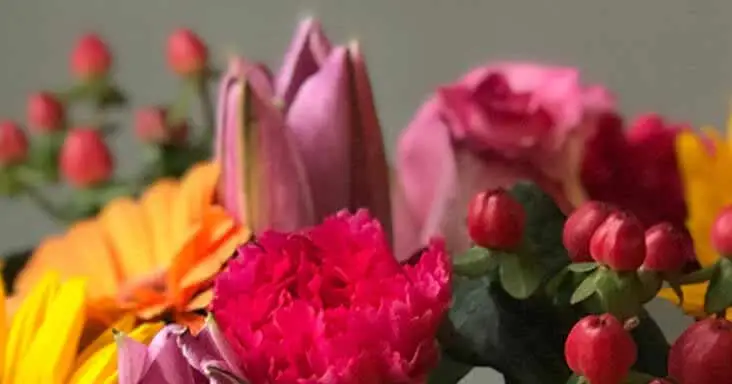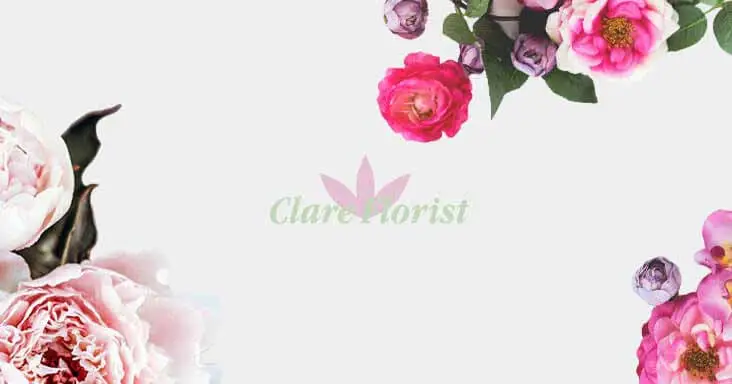Traditions can be fascinating, as they often stem from the deep-rooted human tendencies of memory and habit. Over time, traditions evolve and transform, with new ones emerging while old ones gradually fade away or merge with newer customs. One tradition that has remained relatively constant in many countries around the world is the act of sending flowers to one's mother for Mother's Day.
The modern concept of Mother's Day is largely influenced by its American counterpart, which gave rise to its present-day name. Before the 1920s, the holiday was commonly referred to as Mothering Sunday, a religious observance established in the 16th century and held on the fourth Sunday in Lent. Originally, Mothering Sunday was a day for servants to take a break and visit their "mother church," often accompanied by their own mothers and other family members. Over time, this observance evolved into the holiday we know today, where gifts are given to honor and celebrate the importance and influence of mothers within the family.
Mothering Sunday was also known as Simnel Sunday, as simnel cakes were often baked to mark the occasion, symbolizing the reunification of families over Lent. While simnel cakes are still sometimes given as gifts, they have become less common compared to more modern gifts like chocolates. One Mothering Sunday gift that has persisted throughout the years is the bouquet of Mother's Day flowers, a tradition that dates back to the holiday's religious origins, where children in the congregation would offer their Mothers bunches of spring flowers during church services.
Alongside simnel cakes, other traditional treats associated with Mothering Sunday have emerged in the UK over the years, such as Mothering Buns in England, sweet treats topped with pink or white icing and sprinkles. Meanwhile, in the North of England and Scotland, Carlings were once a popular pancake made by frying steeped peas in butter. However, this tradition seems to have fallen out of favor over time.


